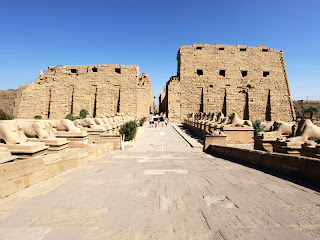Taba's exceptional geographical location between Africa and Asia at the tip of the Gulf of Aqaba facing Saudi Arabia made it a stopover on the caravan route from the 14th century onwards. Today, Taba is a flourishing touristic destination for guests from around the world in search for pristine beaches and exceptional coral reefs to explore.
This is no surprise with its warm winter sun and temperatures reaching 22°C; in summer the dry climate makes the heat pleasant and the average is 33°C.
But there's more to Taba than the common sea and sun resort/diving vacation, the nearby Sinai landmarks are must-sees, and they're all only a couple of hours away. Be sure that the impressive coloured canyon, the inspiring St. Catherine's Monastery and the massive Saladin fortress are all worth an escape from your resort activities.
This is no surprise with its warm winter sun and temperatures reaching 22°C; in summer the dry climate makes the heat pleasant and the average is 33°C.
But there's more to Taba than the common sea and sun resort/diving vacation, the nearby Sinai landmarks are must-sees, and they're all only a couple of hours away. Be sure that the impressive coloured canyon, the inspiring St. Catherine's Monastery and the massive Saladin fortress are all worth an escape from your resort activities.




























































